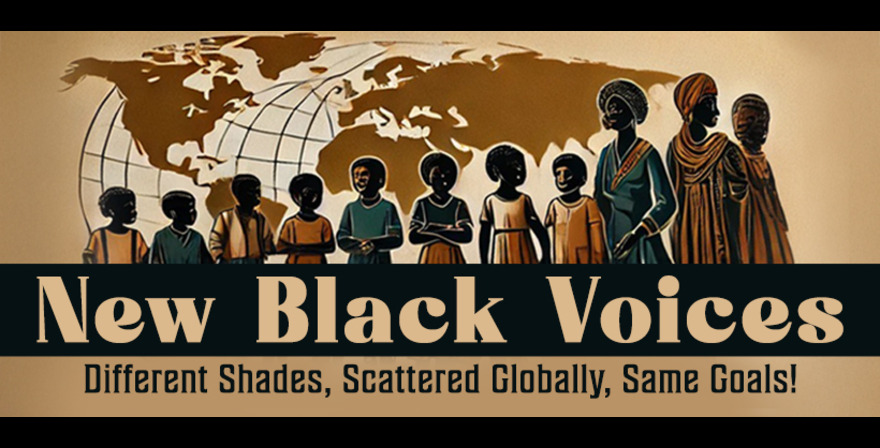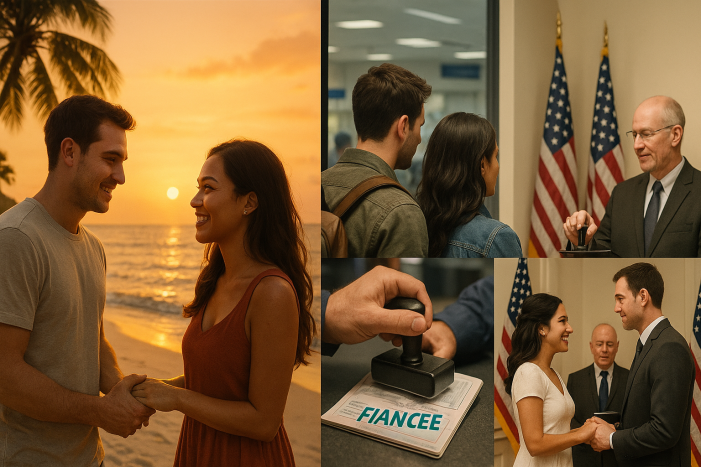By Brian Figeroux, Esq.
Bringing a foreign partner to the United States with the intention of getting married involves navigating specific U.S. immigration laws and procedures. While the desire to be together “as soon as possible” is understandable, the process is governed by regulations designed to ensure compliance and can take considerable time. The concept of a “finance visa” is not a recognized U.S. visa category for this purpose; the primary visa designed for foreign nationals coming to the U.S. to marry a U.S. citizen is the K-1 nonimmigrant visa, often referred to as the fiancé(e) visa.
The K-1 Fiancé(e) Visa: The Legal Pathway
The K-1 visa is specifically intended for a foreign-citizen fiancé(e) of a U.S. citizen to travel to the United States to marry the U.S. citizen petitioner within 90 days of arrival. Once married, the foreign spouse can then apply for adjustment of status to become a lawful permanent resident (Green Card holder) while remaining in the U.S.
The process for obtaining a K-1 visa involves several steps, primarily handled by U.S. Citizenship and Immigration Services (USCIS) and the Department of State (DOS):
- Filing Form I-129F, Petition for Alien Fiancé(e): The U.S. citizen petitioner must file this form with USCIS. This step requires demonstrating a bona fide relationship, proving U.S. citizenship, and showing that both parties are legally free to marry and intend to marry within 90 days of the foreign national’s arrival. Crucially, the couple must have met in person within the two years immediately preceding the filing of the petition, though waivers exist in rare circumstances.
- USCIS Processing: USCIS reviews the I-129F petition. Processing times for this initial step can vary significantly depending on the service center workload, but recent estimates suggest it can take several months.
- National Visa Center (NVC) Processing: Once the I-129F is approved, the petition is sent to the NVC, which then forwards it to the U.S. embassy or consulate in the foreign fiancé(e)’s home country.
- Consular Processing: The foreign fiancé(e) applies for the K-1 visa at the U.S. embassy or consulate, which includes completing the online visa application (DS-160), attending a medical examination, and undergoing an interview with a consular officer. The interview is a critical step where the foreign national must demonstrate the genuine nature of the relationship and their intent to marry the U.S. citizen petitioner.
- Visa Issuance and Travel: If the K-1 visa is approved, the foreign fiancé(e) can travel to the U.S. They have six months from the date the I-129F was approved to enter the country.
Upon arrival in the U.S. with a K-1 visa, the foreign national is admitted for 90 days. The marriage must take place within these 90 days. After marriage, the foreign spouse must file Form I-485, Application to Adjust Status, with USCIS to obtain a Green Card. This subsequent step also involves processing time, interviews, and further scrutiny of the marriage’s authenticity.
Regarding the desire for speed, the K-1 visa process, from filing the initial petition to the foreign national’s arrival in the U.S., typically takes anywhere from 6 to 11 months or even longer, depending on various factors including processing backlogs and the specific embassy/consulate. Therefore, while it is the correct legal route for this purpose, it is not a mechanism for immediate travel and marriage.
Using a Tourist Visa (B-2) for Marriage: The Risks
Some individuals consider having their foreign partner enter the U.S. on a B-2 tourist visa with the intention of getting married during that visit and then applying for adjustment of status. While it is legally possible to marry a U.S. citizen while in the U.S. on a B-2 visa, attempting to use a B-2 visa for the pre-conceived purpose of marrying and remaining in the U.S. is highly problematic and can lead to severe immigration consequences.
The B-2 visa is a nonimmigrant visa intended for temporary visits for tourism, visiting friends or relatives, medical treatment, or participation in social events. A fundamental requirement for obtaining and using a B-2 visa is demonstrating non-immigrant intent – the intention to return to one’s home country after the temporary stay.
If a foreign national enters the U.S. on a B-2 visa with the hidden intention of marrying a U.S. citizen and applying for a Green Card, this is considered misrepresentation or visa fraud. U.S. immigration officials at the port of entry and USCIS officers reviewing subsequent applications (like adjustment of status) are trained to detect such intent.
The “90-day rule” is a guideline previously used by the Department of State and USCIS to assess immigrant intent. While no longer a strict rule, it suggests that if a foreign national on a nonimmigrant visa (like a B-2) engages in conduct inconsistent with that status (such as marrying a U.S. citizen and applying for adjustment of status) within 90 days of entry, it is presumed that they had that intention at the time of entry. While this presumption can be rebutted, it places a significant burden on the applicant to prove that their intent changed after entering the U.S. Even if marriage and adjustment of status occur after 90 days, officials can still scrutinize the case for pre-conceived intent based on other evidence.
Attempting this approach carries significant risks:
- Denial of Entry: Immigration officers at the port of entry may deny admission if they suspect the true purpose of the visit is marriage and immigration, not temporary tourism.
- Denial of Adjustment of Status: USCIS can deny the application for adjustment of status if they determine the foreign national entered the U.S. with a pre-conceived intent to marry and immigrate on a B-2 visa.
- Accusations of Visa Fraud/Misrepresentation: Finding of visa fraud can lead to long-term or permanent bars to future U.S. immigration benefits.
- Deportation: If adjustment of status is denied, the foreign national may be placed in removal (deportation) proceedings.
While it is possible for someone to enter on a B-2 visa for a genuine temporary visit, unexpectedly fall in love with a U.S. citizen, marry, and successfully adjust status, this relies on proving that the intent to marry and immigrate developed after entry. This is a high bar to meet if there is evidence suggesting a relationship and intent to marry existed before the B-2 entry.
Conclusion
The desire to quickly bring a loved one to the U.S. for marriage is powerful, but U.S. immigration law prioritizes following the appropriate procedures. The K-1 fiancé(e) visa is the designated legal pathway for this purpose, despite its processing time. Attempting to use a B-2 tourist visa with the pre-conceived intent to marry and remain in the U.S. is fraught with significant risks, including denial of benefits and potential bars to future immigration. Navigating these complex laws requires careful consideration of intent and adherence to the correct visa process. Consulting with an experienced immigration attorney is highly recommended to understand the best and safest path based on the specific circumstances of the relationship.

